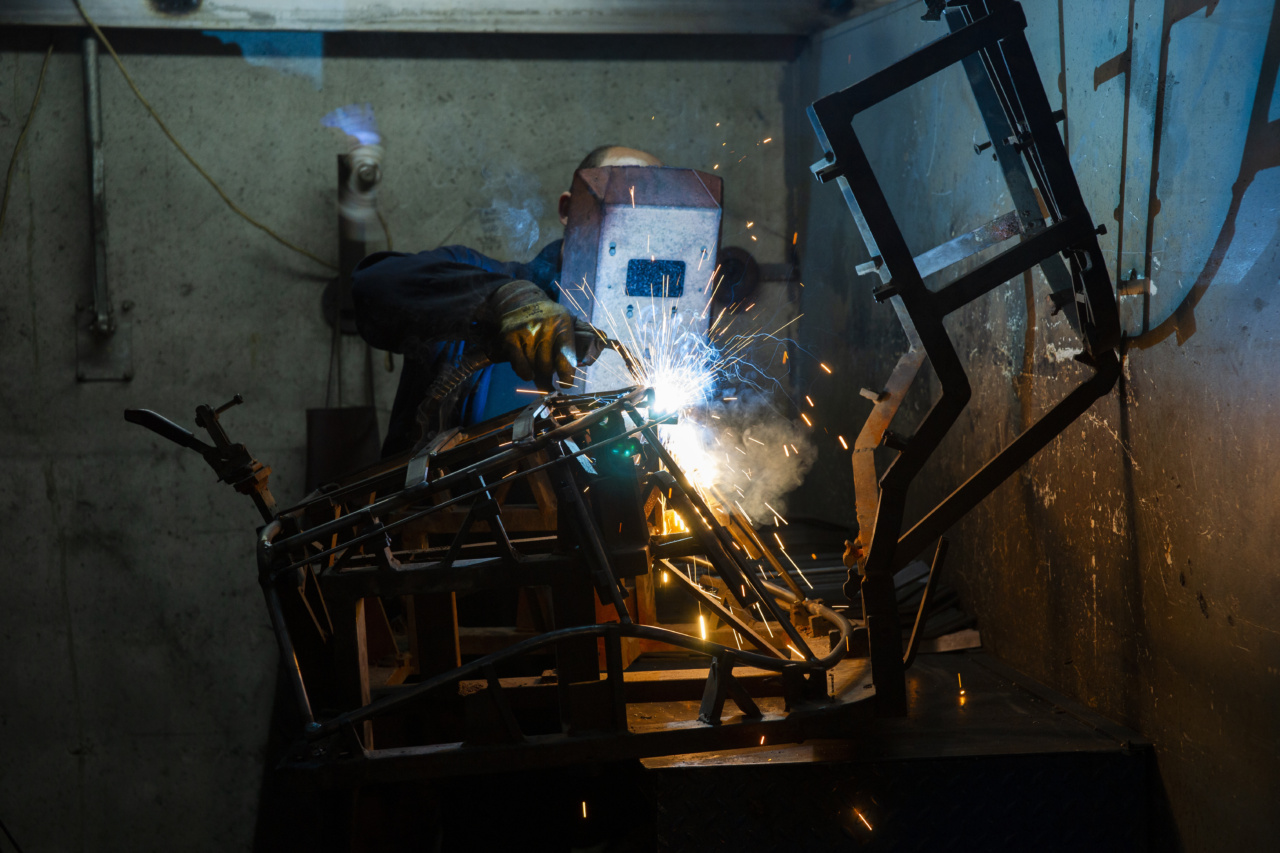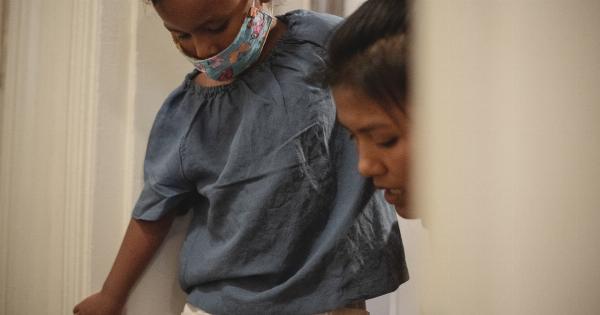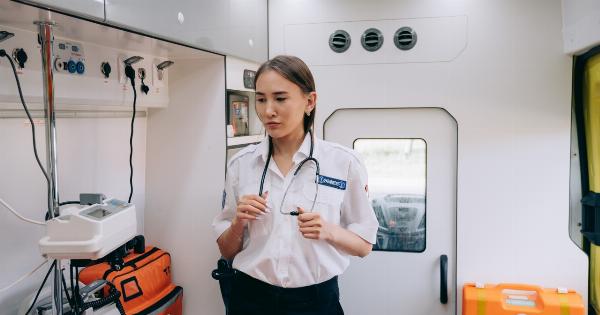When it comes to choosing toys and products for our children, safety is always a top priority.
With the increasing popularity of light products, such as LED toys and accessories, it is important for parents and caregivers to understand the potential risks and safety measures associated with these products. In this article, we will explore the safety considerations and provide you with essential information to ensure the well-being of your child when using light products.
Understanding Light Products
Light products for children encompass a wide range of items, including LED toys, glow sticks, light-up jewelry, and light-up shoes. These products are designed to emit light using LEDs (light-emitting diodes) or other means.
They often feature various colors, flashing patterns, and effects that children find attractive and visually stimulating.
Choosing the Right Light Products for Children
When selecting light products for your children, it is crucial to consider age-appropriateness, quality, and safety certifications. Here are a few essential factors to keep in mind:.
1. Age Appropriateness
Ensure that the light products you choose are suitable for your child’s age group. Manufacturers usually specify the recommended ages on the packaging or product description.
Young children may have different developmental needs and may require simpler light products with fewer components and functionalities.
2. Quality and Durability
Opt for light products that are well-made, durable, and free from potential hazards. Check the materials used, such as plastics or metals, to ensure they are of high quality and unlikely to break easily.
Poorly constructed light products may pose choking hazards if small parts detach.
3. Safety Certifications
Look for safety certifications on the packaging or product labels. In the United States, for example, light products should comply with the Consumer Product Safety Improvement Act (CPSIA) regulations.
These certifications indicate that the products have undergone rigorous testing to meet safety standards.
Safe Usage Practices
While light products can be entertaining and visually appealing to children, it is crucial to establish and follow safe usage practices to minimize any potential risks:.
1. Supervision is Key
Always provide supervision when your child is using light products, especially if they are very young. This ensures that you can quickly identify and mitigate any potential issues or hazards that may arise during playtime.
2. Inspect Regularly
Regularly inspect light products for any signs of wear, such as damaged wires or loose components. Replace any defective or damaged products immediately to prevent potential injuries.
3. Use Batteries Properly
If the light product requires batteries, ensure that you follow the manufacturer’s instructions for battery installation and replacement.
Improper handling of batteries may lead to leakage or other hazards, so it is essential to use the correct type and size of batteries as recommended.
4. Avoid Exposure to Water
Most light products are not designed to be water-resistant or waterproof. Keep them away from water-related activities, such as swimming or bathing, to prevent damage or malfunctioning.
Additionally, remind your child to avoid putting light products in their mouths or near their eyes.
5. Discourage Rough Play
Encourage your child to use light products responsibly and avoid rough play that may cause them to be mishandled or broken. Teach them to handle the products with care and remind them not to throw or hit others with them.
Addressing Potential Hazards
While light products for children are generally safe when used appropriately, it is essential to be aware of potential hazards and take necessary precautions:.
1. Choking Hazards
Some light products may contain small parts, such as buttons or detachable elements, which could pose a choking hazard, especially for young children.
Always choose products without small parts for children who are prone to putting objects in their mouths.
2. Allergic Reactions
Light products may contain materials that can cause allergic reactions in some children. Before purchasing a light product, check if your child has any known allergies to the materials used.
If so, opt for hypoallergenic alternatives or consult with a healthcare professional.
3. Sensory Stimulation
For children with sensory sensitivities or epilepsy, certain light products may trigger adverse reactions or seizures.
If your child has such conditions, consult with a healthcare professional or therapist who can provide guidance on selecting appropriate light products that suit their specific needs.
The Bottom Line
Light products can offer an enjoyable sensory experience for children while fostering their imagination and creativity.
By choosing age-appropriate, high-quality products and following recommended safety practices, you can ensure that your child can safely enjoy the benefits of these captivating light items.






























